BCO124 Macroeconomics: Effects of 2008 Economic Crisis in France
VerifiedAdded on 2022/08/10
|15
|609
|15
Report
AI Summary
This report analyzes the impact of the 2008 economic crisis on the French economy. It begins by outlining the crisis's origin and global spread, followed by an examination of key macroeconomic indicators: GDP, inflation, and unemployment. The report presents the trends of these indicators, including pre-crisis levels, the sharp declines during the crisis, and subsequent recovery. GDP growth rates are calculated and analyzed, with explanations of the fluctuations and influencing factors. The report employs the AD-AS model and the circular flow model to explain the crisis's effects, focusing on the decline in aggregate demand and the impact on GDP and price levels. Finally, it offers policy recommendations, including structural and labor market reforms, along with expansionary monetary policies to stabilize economic growth and recover price levels. References from academic sources support the analysis.
1 out of 15


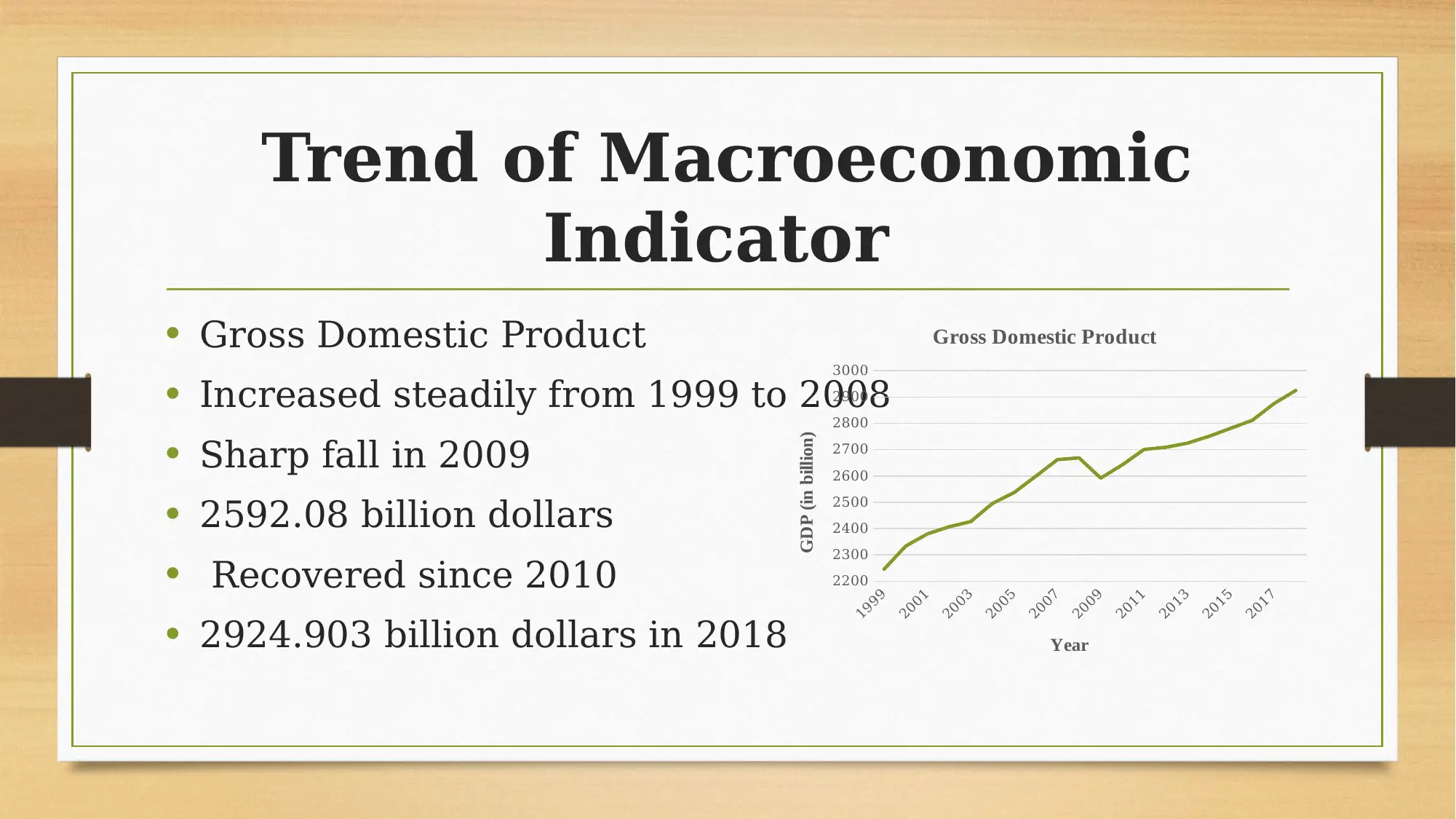

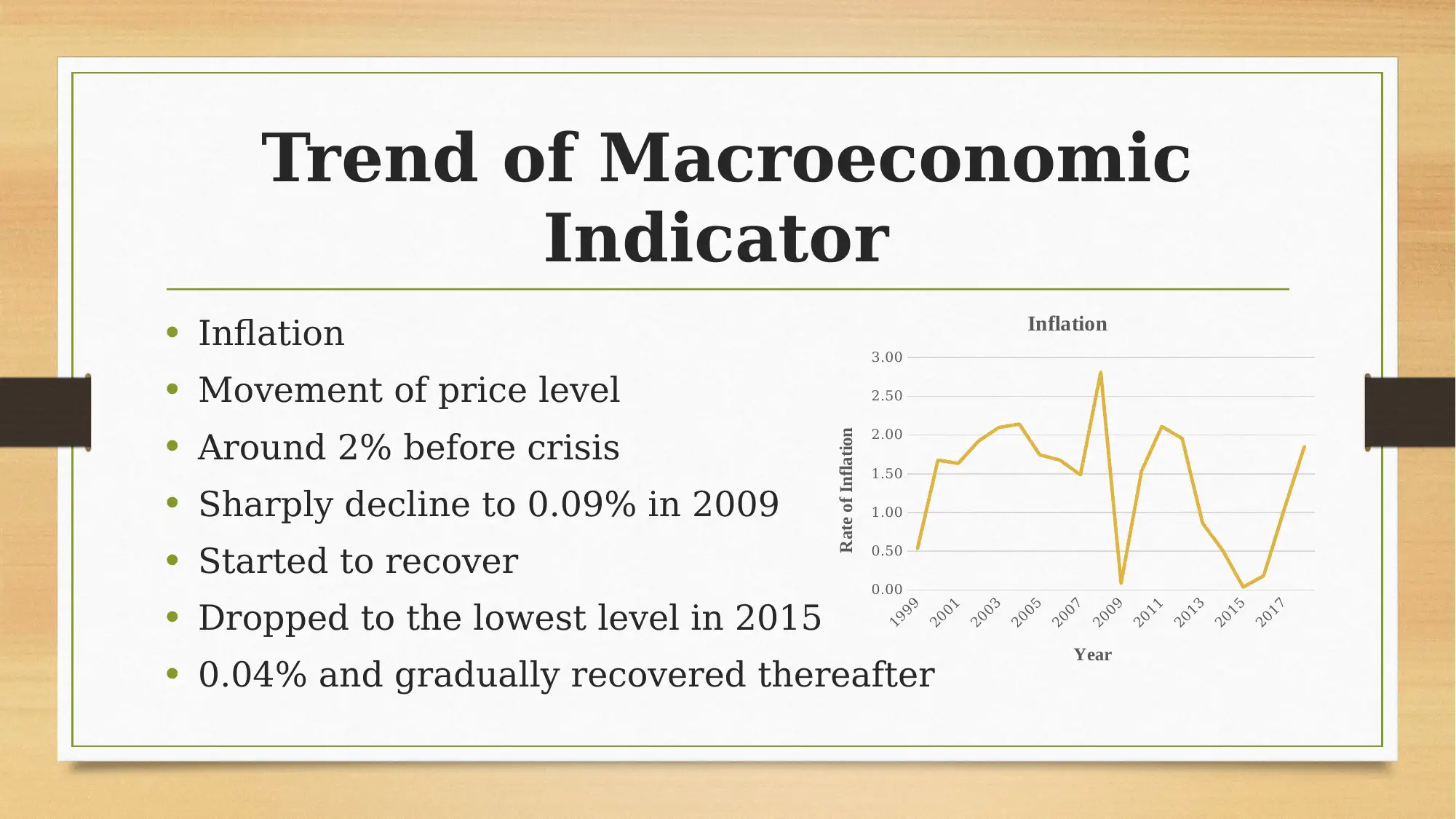
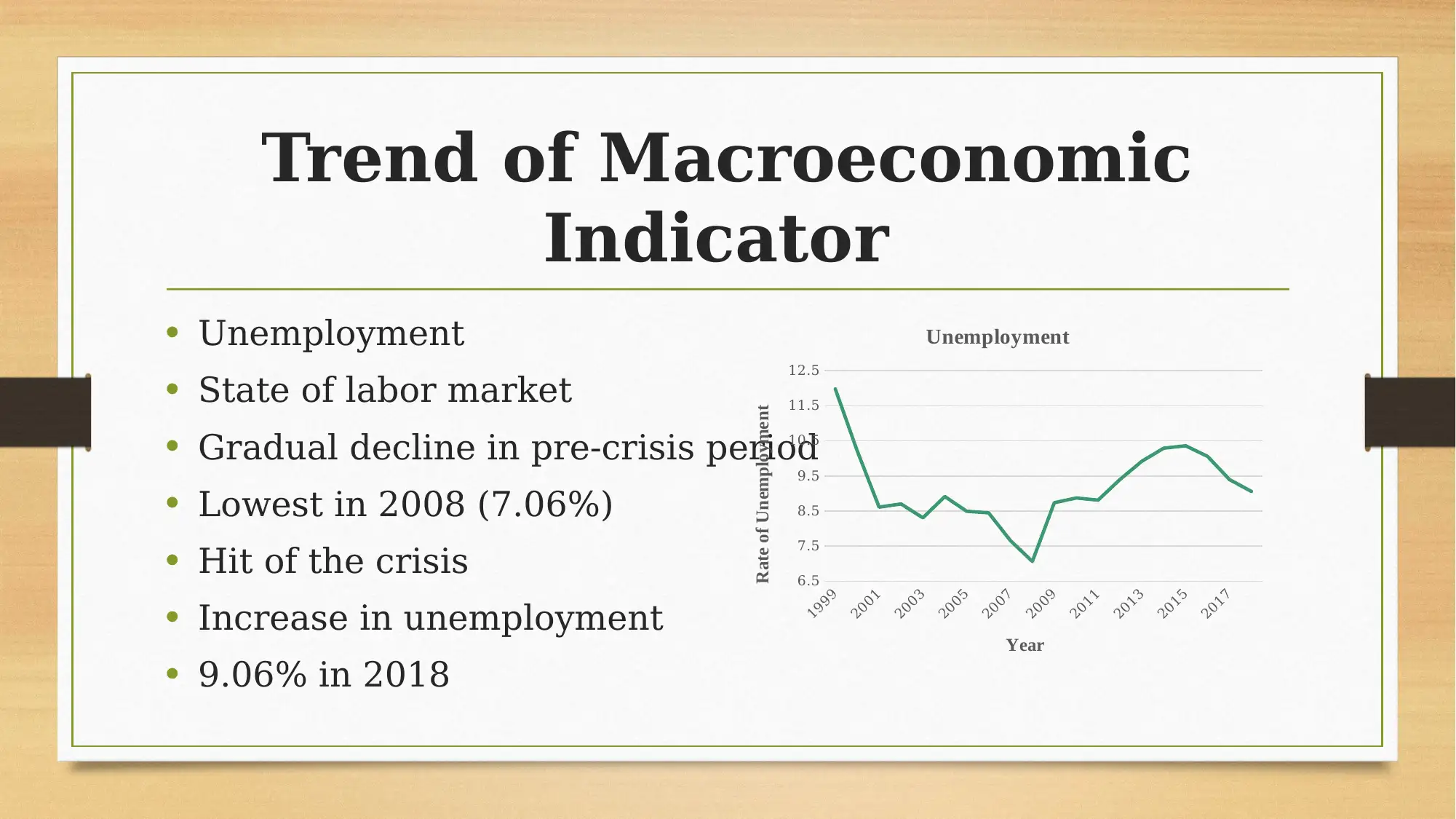
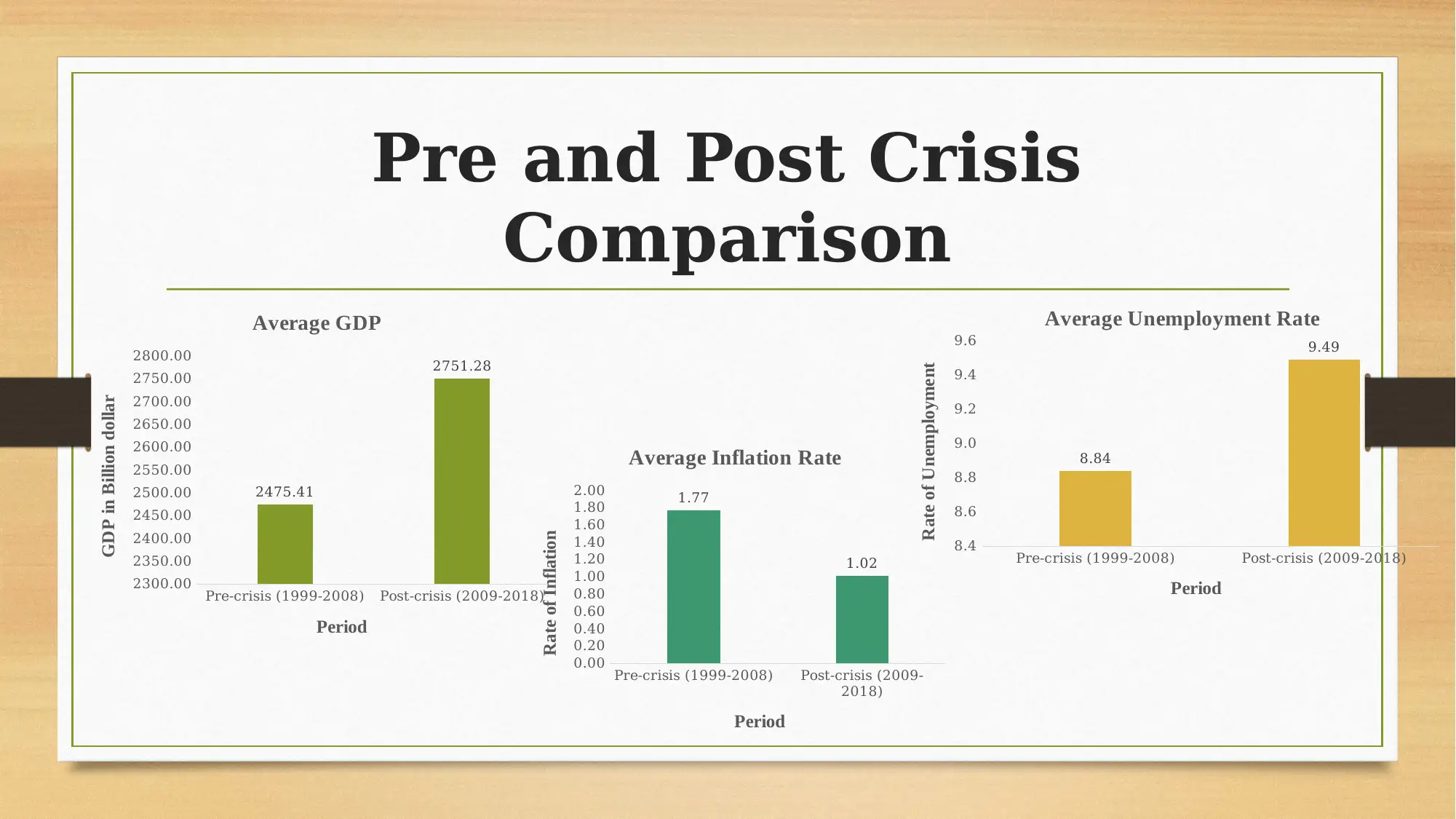
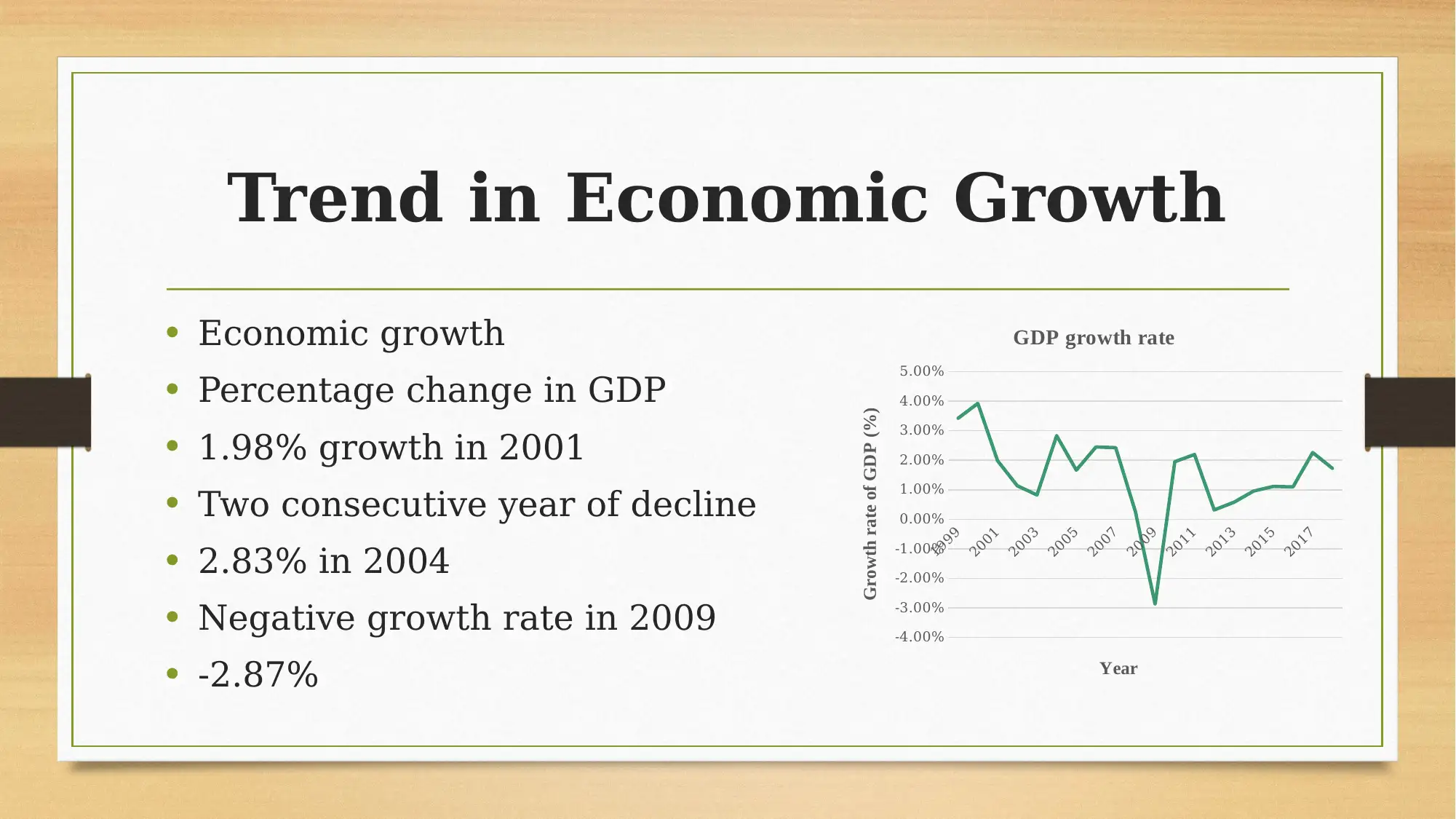
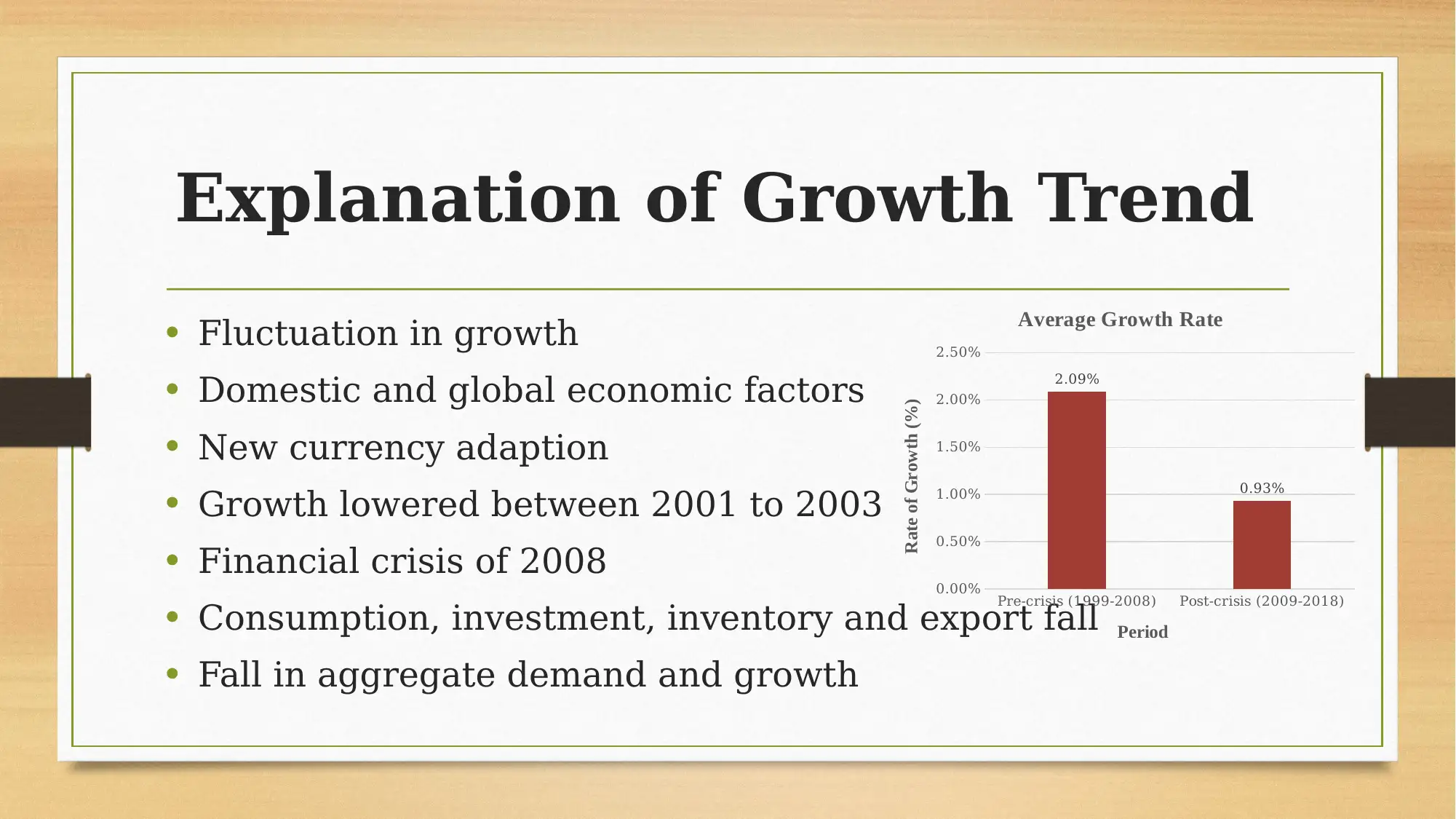
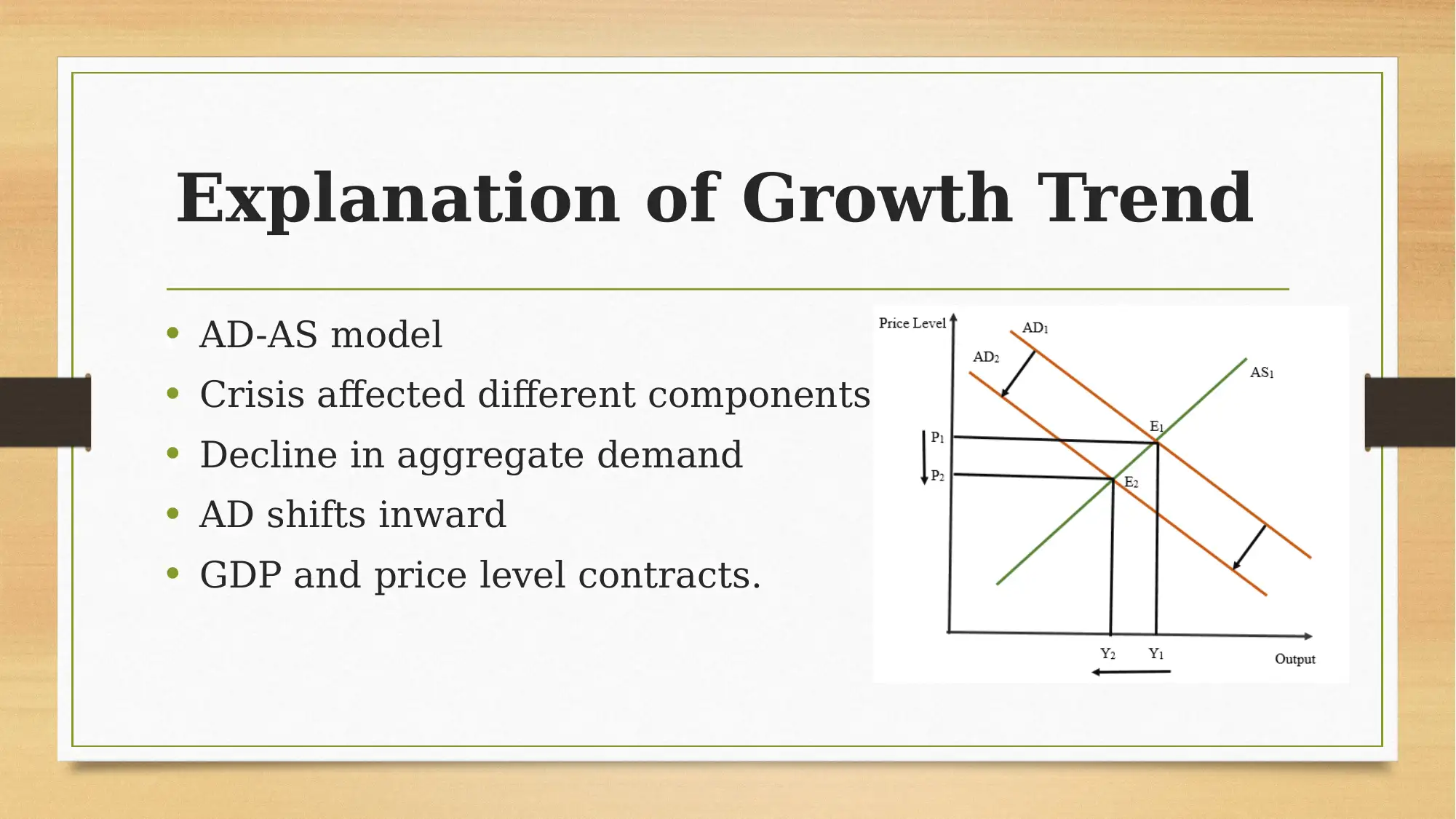
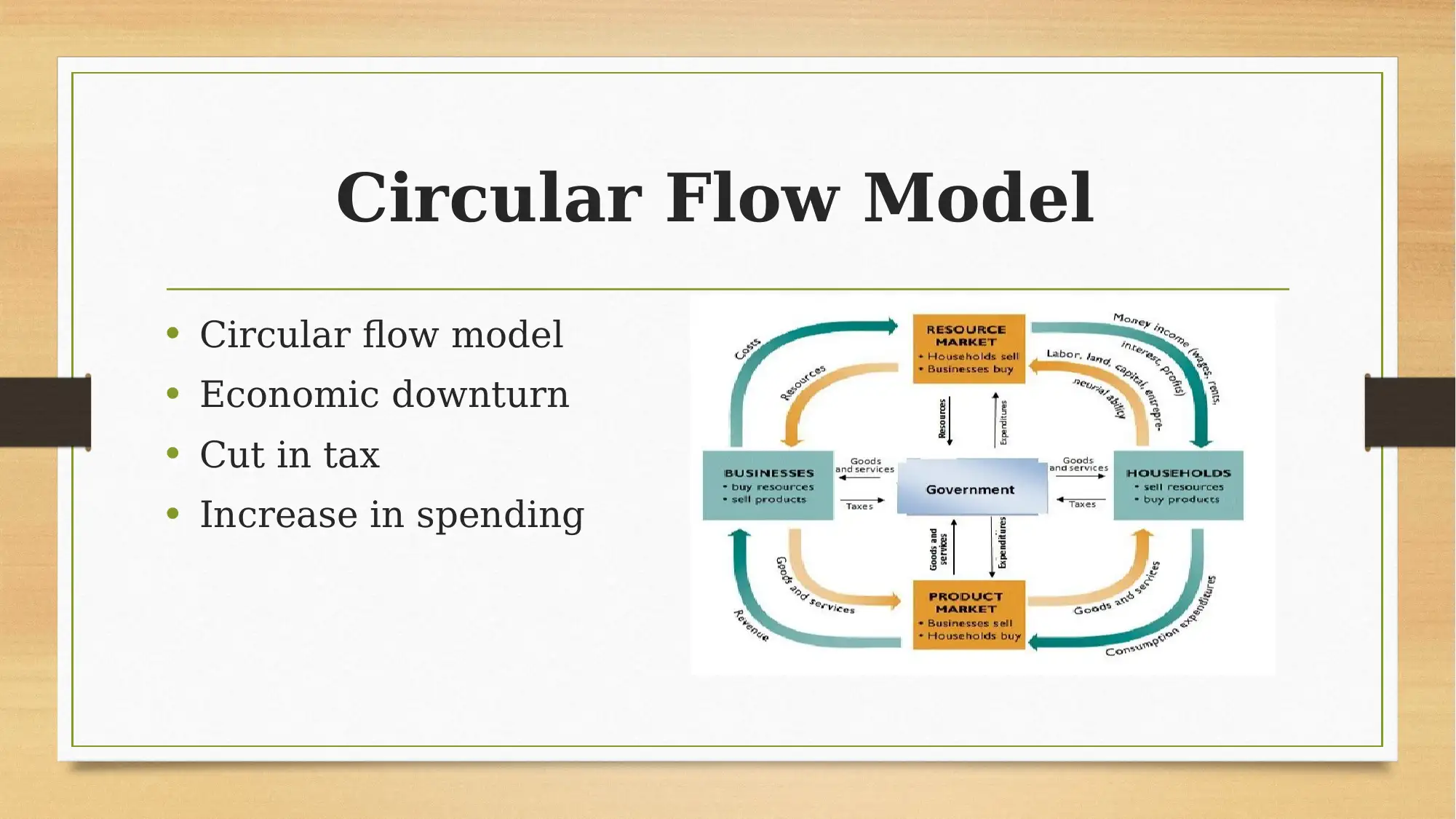
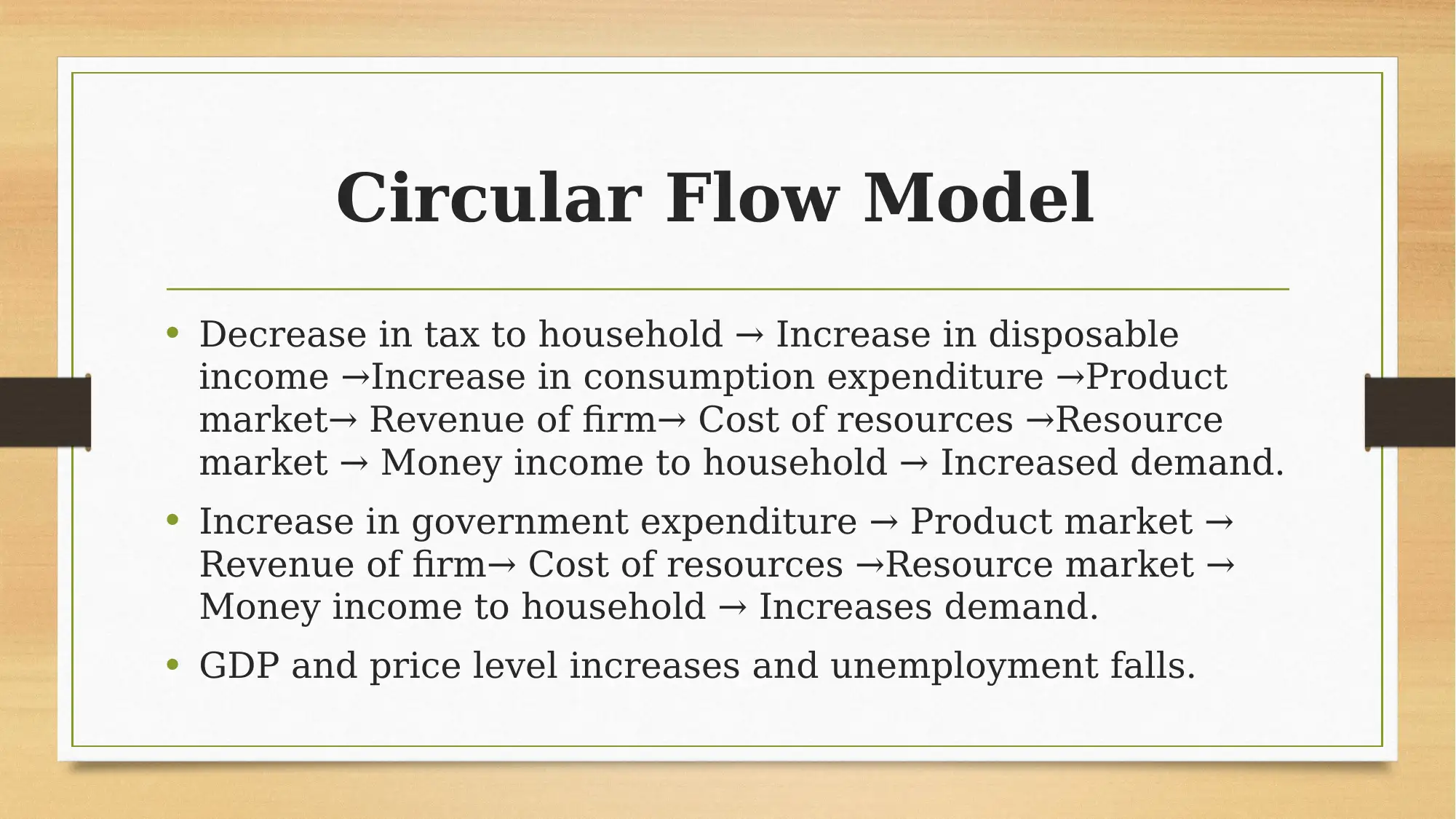
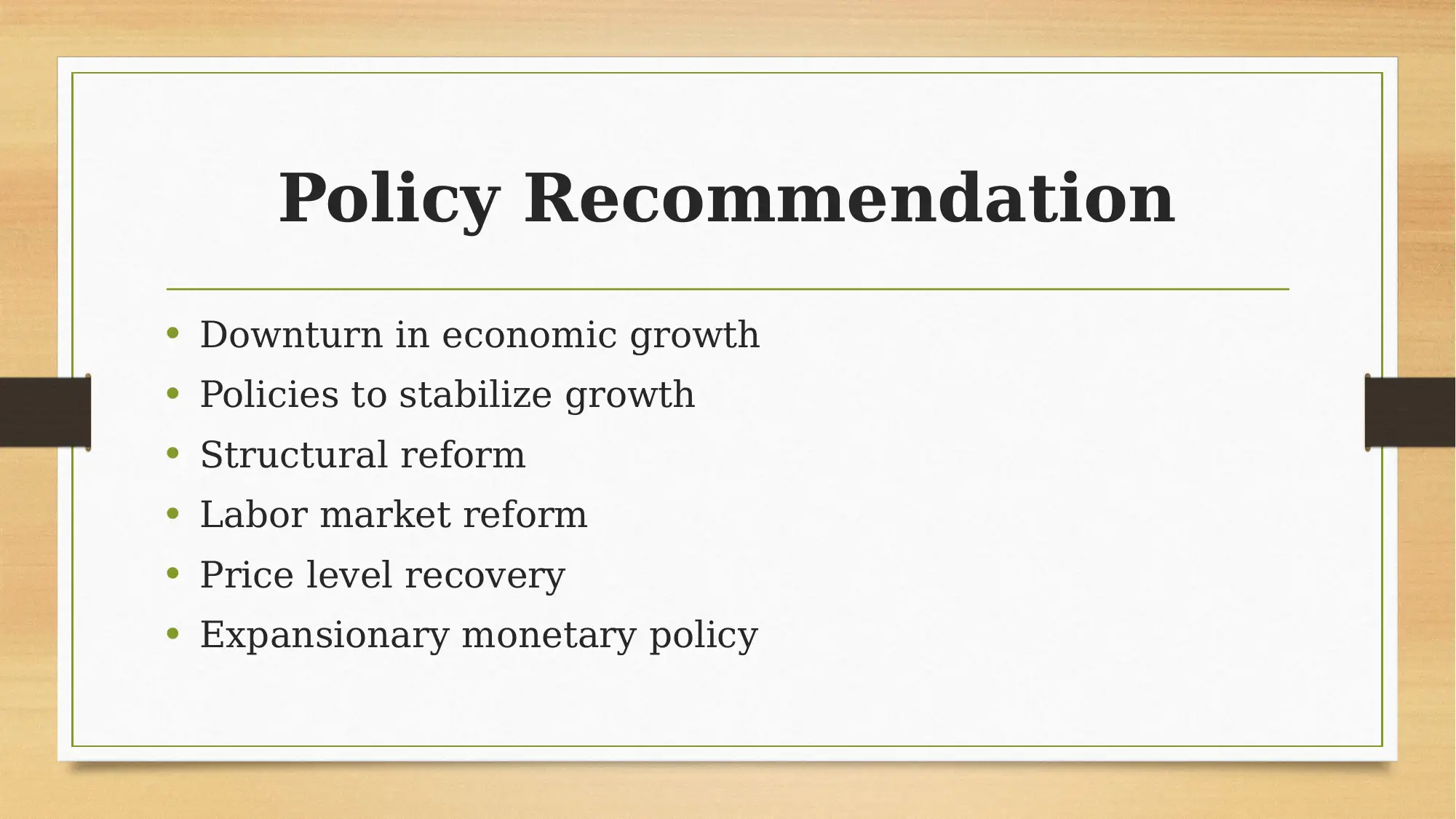





![[object Object]](/_next/static/media/star-bottom.7253800d.svg)